What is SEO?
SEO is an acronym for Search Engine Optimization, which is the process of affecting the online visibility of a website/page
in the unpaid (organic) results of web search engines. Through SEO you can make your page rank higher in results, which means more visitors and thus more potential customers.
SEO is a great internet marketing strategy that takes into consideration how search engine algorithms work, what people search for and which search engines are preferred by people (Hello Google!).
In this article, we’ll look at the basics of SEO and how you can ensure your website is ranked as high up as possible in search results.
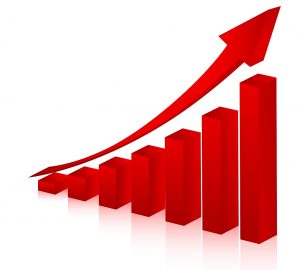
Onsite vs. Offsite
There are two distinct types of SEO: Onsite SEO and offsite SEO. Onsite SEO refers to everything that you can do to ensure great SEO on your website itself. This is also referred to as on-page SEO and is what we’ll go into depth about in this article and provide insights on how you can DIY onsite SEO.
Offsite SEO refers to SEO that is not directly on your website and refers to the actions you can take to promote your website on the web, besides advertising. These include link building, social media marketing and social bookmarking and are beyond the scope of this article.
How to DIY your Onsite SEO
Now let’s take a look at how you, yourself can ensure that the onsite SEO of your website is up to scratch.
The SEO Audit
The first step is to conduct an SEO Audit, which is an evaluation of the search engine friendliness of your website. The SEO audit will look at what’s working, what needs improvement and where your efforts should be focused.
Free Tools You Can Use
- Google Analytics – This service tracks and reports website traffic.
- Screaming Frog – This is a website crawler that allows you to crawl websites’ URLs and fetch key onsite elements to analyze onsite SEO.
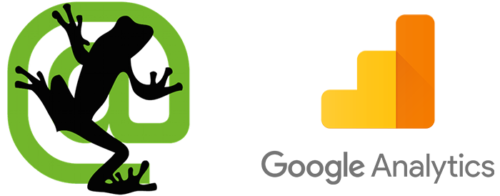
Fundamentals of an SEO Audit
These are primary areas you need to cover:
- How secure is your site? – How secure is your site? – Using HTTPS:// instead of HTTP:// makes your site more credible and preferable in search results. Learn more about HTTPS here.

- Canonicals – A canonical tag is a way of telling search engines that a specific URL represents the master copy of a page. They prevent duplicate content from appearing on multiple URLs. For example, the results should identify and list results from any of the following three URLs as one source: yourblog.com, http://yourblog.com, https://yourblog.com Check out this link to learn more about canonicals.
- txt – This file contains special instructions for the search bots. For example, if your file reads “Disallow:/” then no page on your site will be crawled, if it reads “Disallow:/Sponsored” no page with ‘sponsored’ in the URL will be crawled. More in depth information here. The robots.txt file must be located at the root of the website host that it applies to. For instance, to control crawling on all these URLs http://www.example.com/ , the robots.txt file must be located at http://www.example.com/robots.txt .

- Plugins – Plugins are awesome but left unchecked they can really plug up the speed and responsiveness of your site. So keep only the ones you’re actively using, use as few plugins as possible and drop ones that may be slowing your site down. Not sure what plugins are, see here.
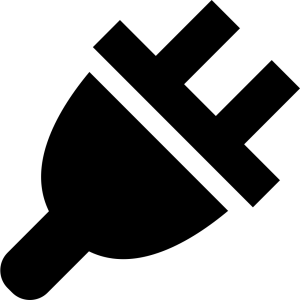
- Speed – Check your site’s speed and responsiveness. You can use Page Speed Insights (https://developers.google.com/speed/pagespeed/insights/) to help you.

- Navigation – Ensure that all the important parts of your website are no more than 3 clicks away. This will result in search bots identifying your site as easily navigable.

- URL Structure – How you structure URLs for different pages of your site make a huge difference. Basically they should be kept under 128 characters, make sense and use words. For example “/p=9067” is not a good
- URL. Also, using dates in URLs like this, “yourblog.com/2018/09/27/activity” is not a good idea.
- Broken Links – Ensure your site doesn’t have any as they wreak havoc on your SEO. A broken link or dead link is a link on a web page that no longer works.
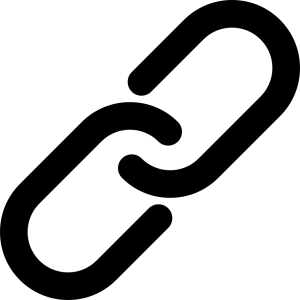
Pages & Posts
For great SEO, it’s not just about the website in general but also about pages and posts. Here are some tips:
- Page Title – Your title is important; use keywords in it, avoid click bait or bait and switch tactics and keep it under 65 characters.
- Meta descriptions – This is a brief summary of your post that is displayed as a snippet on the search engine results page. These can get people to click on your page but should be under 320 characters and highly relevant to be of any use.
- Content – the beef of your website! Must be of high quality (duh!) and at least 300 words or more.
- Schema Markup is important – This a tool that tells search engines about your content. For example say your name is Mr. Silva and you’re an author. If you use mark up, anyone searching for Mr. Silva will get indexed results for your books and other references too, under the search result for your main website. Schema markup is code (semantic vocabulary) that you put on your website to help the search engines return more informative results for users. If you’ve ever used rich snippets, you’ll understand exactly what schema markup is all about. Here’s an example:
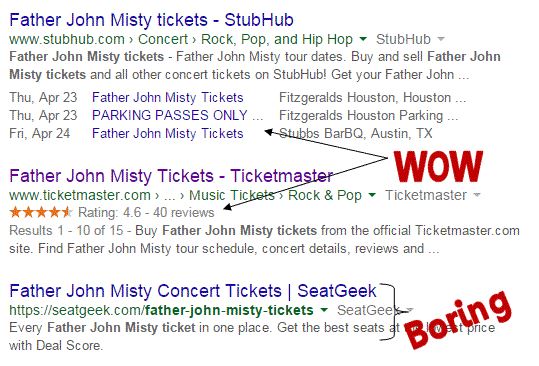
- Formatting – No one likes to read a jumbled mass of words and good formatting can ensure that consuming your content is easy on the eye and the mind. Use different heading styles and subheadings along with bold and italic styling features to emphasize words or content.
Image Content
Did you know that Pinterest is the second largest search engine in the world not owned by Google? And that it is almost entirely image based?
Using SEO on the images you have on your website can help drive traffic to your site by:
- Appearing in image search results – Correctly used images can appear in image searches.
- Being pulled by social media when your post is shared.
- Being critical for visual search engines.
How you can make the most of your image content for SEO:
- Name them well – A name like ‘Fried-Chicken-Recipe-breading’ will do wonders for you, while a name like ‘image_045992’ will see your image being ignored.
- File size matters – Keep it less than 70 kb for quick loading, you can always link to higher quality images if necessary.
- Alt Tags are important – These are alternative textual descriptions of your images that can be used by search bots. An alt tag, also known as “alt attribute” and “alt description,” is an HTML attribute applied to image tags to provide a text alternative for search engines. Applying images to alt tags such as product photos can positively impact an e commerce store’s search engine rankings.
- Fill in the description – Most people ignore the description area of images, but you shouldn’t. They are great at making your images more relevant in searches.
Extras
Apart from the key areas described above, you should also pay attention to:
- Privacy Policy – Having a clearly defined one, makes your website more preferable to search engines. Learn more here.
- Sitemap – An easily discoverable sitemap will allow search engine crawlers to follow the links to all of your individual web pages so that they won’t miss out on anything.
- 404 Error Page – An HTTP 404 error appears when links are broken or dead. Make this friendly and human, search engine crawlers love that. Find out more about 404s here.
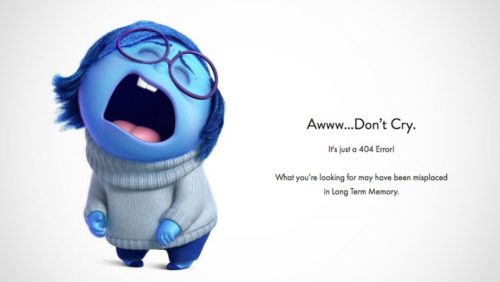
- Look at your Bounce Rate – This is the percentage of visitors to your website that navigate away after viewing only one page – A high rate basically means your site is boring and you need to do something about it.
And there you have it, a basic guide on DIY SEO. Using these tips and tricks, you can ensure that your website has the best chances of being relevant in search results and thus drive more traffic to your website.
Share your SEO experiences and questions with us in the comments below!

